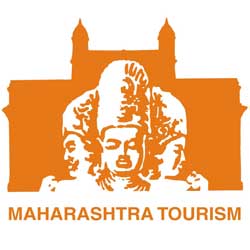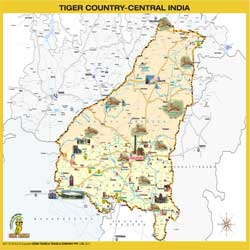Explore Tiger Country – Central India
Our mission is to promote Tiger Country Central India and we do it with lot of Love, Care and Passion.
So, do give us a chance to serve you.
Central India is home to 12 Tiger Reserves and several National Parks inhabited with diverse wildlife, in close proximity. It has been declared The Tiger Country and Nagpur, as its Gateway City.
The world famous Kanha National Park, Pench National Park, Bandhavgarh National Park; which also have the highest density of Tigers in the world are some of the most popular wildlife destinations in Central India. The Tadoba Tiger Reserve, Nagzira Wildlife Sanctuary, Melghat Tiger Reserve and many others are also in very close proximity to Nagpur.







